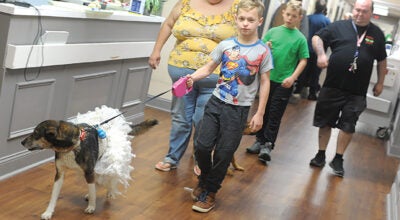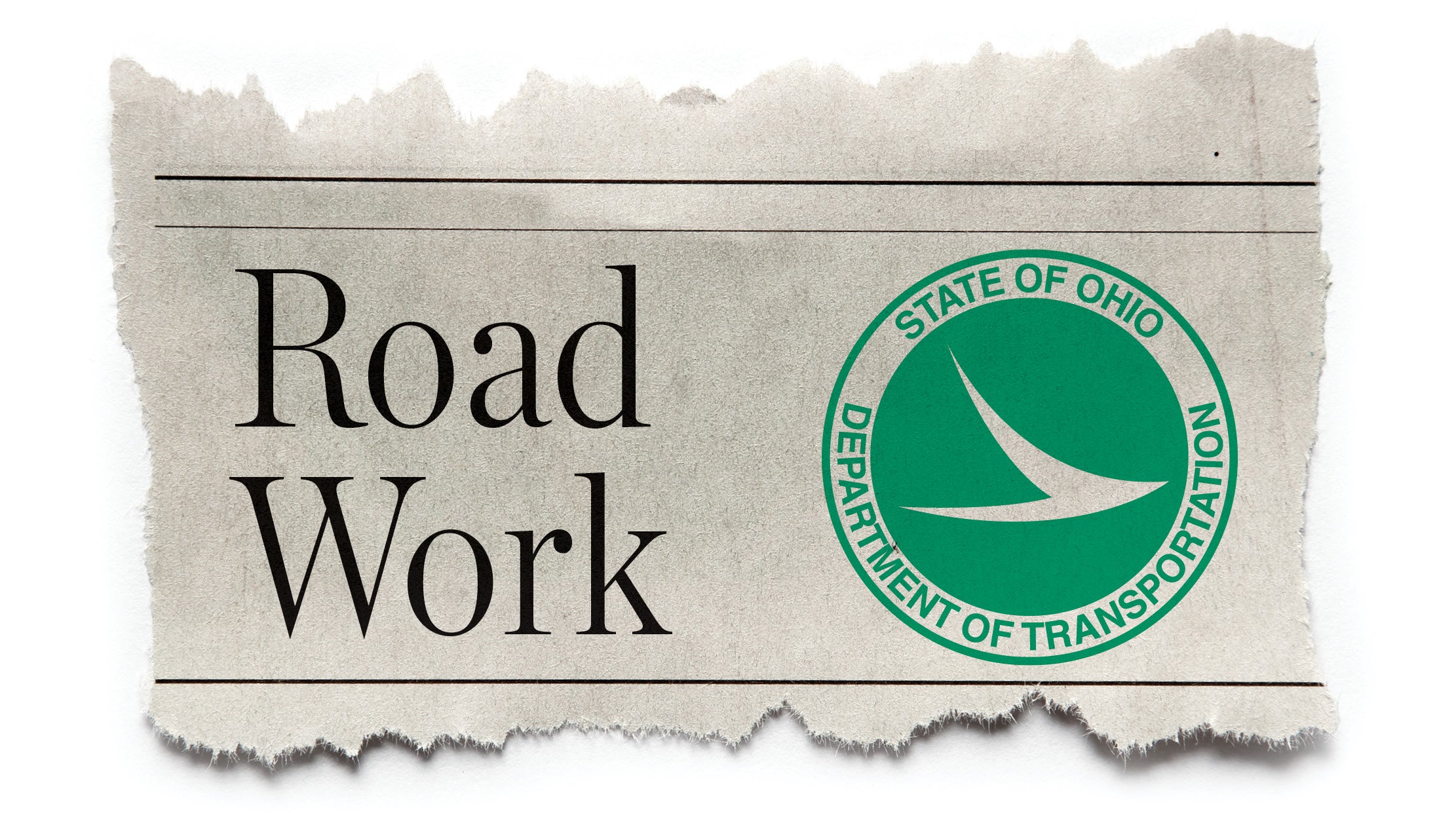Traffic-stopping rock now history
Published 12:55 pm Wednesday, April 15, 2015
A few whacks from a jackhammer and an intimidating two-story boulder turned into 2,350 tons of rubble ready for recycling.
That is what happened to the 1,500-ton rock that smashed onto U.S. 52 east of the Ashland-Coal Grove Bridges on Friday. By Sunday it wasn’t quite dust, but it was no longer re-routing cursing motorists to West Virginia and Kentucky.
The rock fall was reported to Ohio State Highway Patrol just before 3 a.m. Friday. By mid-morning the Ohio Department of Transportation had one eastbound lane open to traffic. Later that day a crew from DGM of Beaver, on a rock excavation job in Jackson County, came down to start getting rid of the boulder.
“The most prudent way was to try to break it apart and jackhammer it, instead of blasting it,” Kathleen Fuller, public information officer for District 9, ODOT, said. “(DGM) pulled part of their crews off and took a few of those people and came down to U.S. 52. Two track hoes and three jackhammers were working on either side of the rock.”
Dump trucks and front loaders from the ODOT county garage loaded up the ever-growing rubble to haul it back to the garage site on Third Street.
“The upside is that the rock will be used on projects for maintenance,” Fuller said. “We won’t need anything for a couple of years. It will be put to use. We won’t be purchasing stone. This is the exact same material that we buy.”
Two back-to-back winters with artic temperatures followed by an early spring are cited as reasons the rock fall occurred.
“The terrain and geology in southern Ohio along the corridor is something that can happen when you come out of the winter months and come into a fast warm-up,” Fuller said. “Typically our winters are mild. A quick warm-up weakens everything.”
Despite the size of the boulder, actual damage to the roadway was minimal.
“It was not as much as was thought,” Fuller said. “It is more like a patching effort. We may have to do other repairs later. It wasn’t so structurally damaged.”




